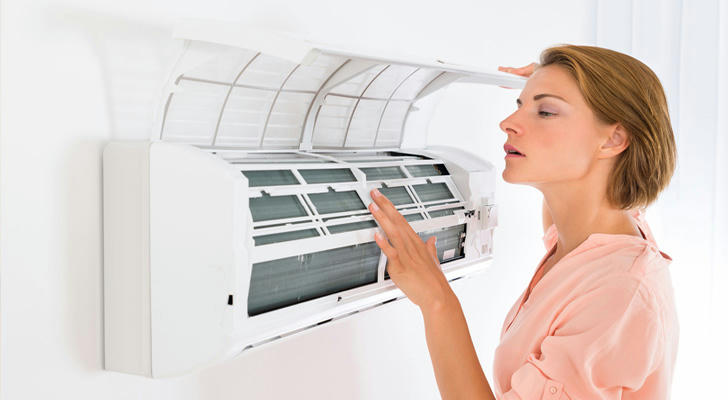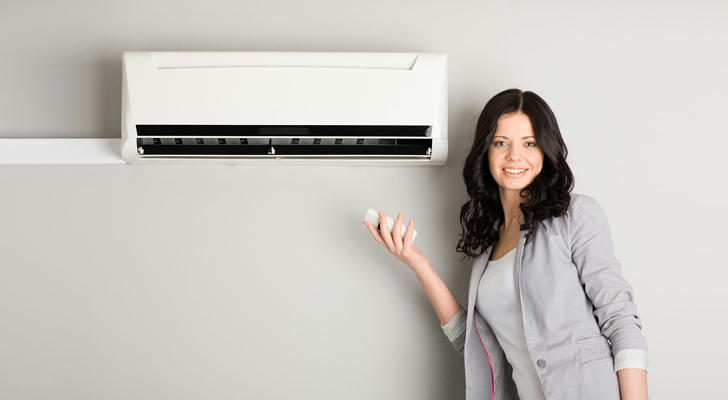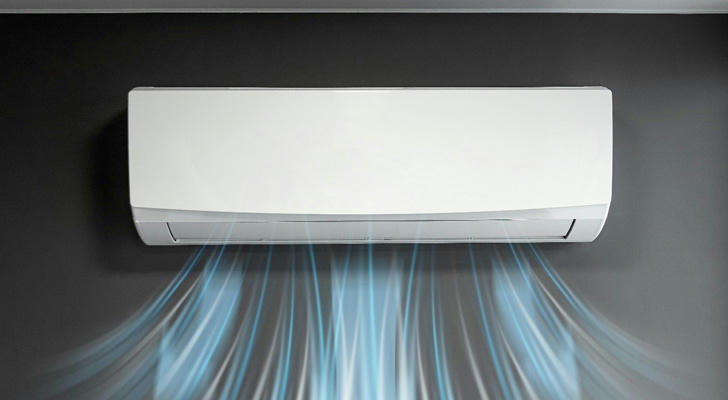Winter Air Conditioning Guide: How to Heat Efficiently
As winter approaches, many of us turn to our air conditioning systems not just for cooling but also for heating. While air conditioners are typically associated with hot summer days, modern units often come equipped with heat pump technology that can efficiently warm your home during the colder months. In this guide, we will explore how to use your air conditioning system effectively in winter, ensuring comfort while minimizing energy costs.

Understanding Your Air Conditioning System
Before diving into the specifics of winter usage, it’s essential to understand how your air conditioning system works. Most modern air conditioners have a heat pump feature that reverses the cooling process to provide warmth. This means that instead of removing heat from your home and expelling it outside, the system extracts heat from the outside air (even in cold temperatures) and transfers it indoors.
Types of Heating Systems
1.Ducted Systems: These systems distribute warm air through ducts and vents. They are efficient for heating larger spaces but require proper insulation and maintenance.
2.Ductless Mini-Split Systems: These units consist of an outdoor compressor and one or more indoor units. They are ideal for heating individual rooms and allow for precise temperature control.
3.Portable and Window Units: While less common, some portable or window air conditioners also have heating capabilities. They are suitable for small spaces but may not be as efficient.
Preparing Your Air Conditioner for Winter
To ensure your air conditioning system operates efficiently during winter, follow these preparation steps:
1. Clean or Replace Filters
Dirty filters can restrict airflow and reduce efficiency. Before using your air conditioner for heating, check the filters and clean or replace them if necessary. This simple step can significantly improve performance and indoor air quality.
2. Inspect the Outdoor Unit
If you have a split system, ensure that the outdoor unit is clear of debris such as leaves, snow, or ice. Blockages can hinder airflow and reduce heating efficiency. If snow accumulates around the unit, gently remove it to prevent damage.
3. Check Insulation
Proper insulation is crucial for retaining heat in your home. Inspect windows, doors, and any gaps where drafts may enter. Consider using weather stripping or caulking to seal these areas effectively.

4. Schedule a Professional Maintenance Check
Having a professional technician inspect your system before winter can help identify any potential issues. Regular maintenance ensures that your unit operates efficiently and prolongs its lifespan.
Efficient Heating Strategies
Once your system is ready for winter, consider these strategies to maximize efficiency:
1. Set an Optimal Temperature
The ideal temperature for comfort during winter is typically between 68°F (20°C) and 72°F (22°C). Setting your thermostat within this range can keep your home warm without overworking your system. For every degree lower you set your thermostat, you can save about 3% on heating costs.
2. Use Programmable Thermostats
Investing in a programmable thermostat allows you to set different temperatures for various times of the day. For instance, you can lower the temperature when you’re away at work or sleeping and raise it before you return home or wake up.
3. Zone Heating
If you have a ductless mini-split system or multiple indoor units, consider using zone heating by only warming the rooms you use most frequently. This targeted approach reduces energy consumption and enhances comfort.
4. Utilize Ceiling Fans
Ceiling fans can help distribute warm air more evenly throughout a room. During winter, set your fan to run clockwise at a low speed; this pushes warm air down from the ceiling without creating a chilling breeze.
5. Close Unused Rooms
If there are rooms in your home that are rarely used during winter, close the doors and vents in those areas to concentrate heat where it’s needed most.
Safety Considerations
While using your air conditioning system for heating is generally safe, it’s essential to keep safety in mind:
1. Check Carbon Monoxide Detectors
If you have gas appliances in your home, ensure that carbon monoxide detectors are installed and functioning correctly. This precaution is vital during winter when windows are often closed.
2. Avoid Overloading Circuits
When using multiple heaters or electrical devices alongside your air conditioning system, be cautious not to overload electrical circuits, which can lead to fire hazards.
3. Keep Vents Clear
Ensure that furniture or curtains do not block vents or airflow from your heating system. Proper airflow is crucial for efficient heating.
Troubleshooting Common Issues
Even with proper preparation and maintenance, issues may arise during winter use:
1. Inadequate Heating
If you notice that certain rooms aren’t warming up adequately, check for blocked vents or closed doors that might restrict airflow.
2. Strange Noises
Unusual sounds from your unit could indicate a problem with the compressor or fan motor. If you hear grinding or rattling noises, it’s best to contact a professional technician for an inspection.
3. Frequent Cycling On and Off
If your system frequently turns on and off (short cycling), it may be due to an improperly sized unit or issues with the thermostat settings. Consult with an HVAC professional to diagnose the problem.

Conclusion
Using your air conditioning system efficiently during winter can provide comfort while keeping energy costs manageable. By understanding how your system works, preparing it properly, implementing effective heating strategies, and maintaining safety precautions, you can enjoy a warm home throughout the colder months without breaking the bank.
Remember that regular maintenance and timely repairs are key to ensuring optimal performance year after year. Embrace the season with confidence knowing that you can stay cozy indoors while effectively managing your energy consumption!
